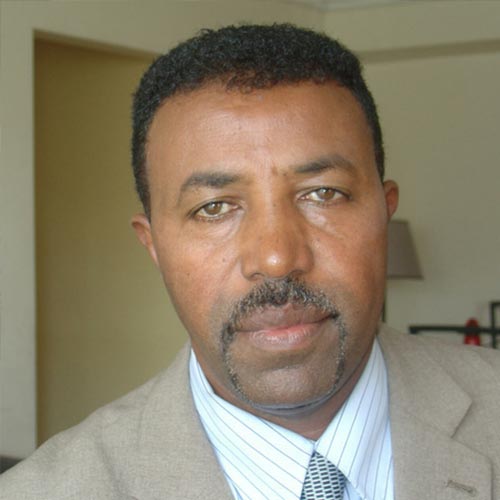Russia Builds Up Troops at Border with Ukraine, Worrying US and NATO

A seven-year conflict has been simmering between Russia and Ukraine since the Kremlin illegally invaded and annexed Crimea in 2014. Now, Vladimir Putin appears to be turning up the heat.
According to new reports, the Russian military is orchestrating a large buildup of vehicles and troops along key border regions with Ukraine. In one video spreading on Twitter, a seemingly endless line of Russian tanks flanks the bridge to Crimea. In another video, more tanks speed down the railway near Russia’s eastern border with the Donbass region of Ukraine, where Russian-backed separatists have been in armed conflict with the Ukrainian government since 2014.
General Khomchak, the head of the Ukrainian Armed Forces, reported that Russia is expected to deploy an additional 20,000-25,000 soldiers to Crimea and the Eastern border region, representing “a threat to the military security of the [Ukrainian] state.”
Russia’s military escalation comes shortly after renewed military exercises in Crimea and a flare up of tensions in Donbass, where six Ukrainian soldiers were killed by separatists in recent weeks. Since the start of the conflict, there have been more than 13,000 casualties and 29 ceasefire agreements, each of which has failed to end the violence between the seperatist rebels backed by Russia and Ukraine.
Is Russia readying for another invasion of Ukraine?
Russia’s ultimate game plan is still largely unknown, but strategists have outlined several possible explanations for the recent military buildup on the border.
Some experts have suggested that Putin may be attempting to provoke heightened conflict in the Donbass in order to create a pretext for taking greater military and legal control over the Eastern Ukranian territory.
In support of this prospect, these experts point to the fact that Putin will be facing another round of Duma elections in September, and may be looking to manufacture a small-scale war to drum up nationalism and win domestic support for his party. Relatedly, Putin could also be using this to distract from the recent unrest over the illegal detention of opposition leader Alexei Navalny.
Still, other strategists, like Taras Kuzio of the National University of Kyiv, are more dubious about the likelihood of a full-on invasion. Kuzio suggests that though Russia would certainly like to provoke a conflict in Eastern Ukraine, it is simply not feasible. “A conventional Russian invasion and occupation would require half of Russia’s entire armed forces and would face serious resistance,” Kuzio told the Atlantic Council. “The cost in terms of lives, money, and international isolation would be disastrous.”
If Russia is not in fact planning an offensive, then the most likely explanation for the recent military buildup is that Putin is testing the international community’s (and the new Biden Administration’s) stomach for engagement–a test they have failed many times before.
How should the United States and NATO respond?
The United States has already taken steps in the right direction. In the past week, the US President, Secretary of State, Secretary of Defense, National Security Advisor, and Chairman of the Joint Chiefs of Staff have all called their Ukrainian counterparts and assured them of the United States’ commitment to Ukraine’s sovereignty. And there are reports that over the past 10 days, the US has delivered 350 tons of military equipment to Ukraine.
Moving forward, the U.S should send further aid. It should also make clear that if the Kremlin escalates, America will levy further sanctions on Russia, including on major banks such as Vnesheconombank as well as on Nord Stream 2, the gas pipeline currently being built between Russia and Europe.
Meanwhile the Ukrainian President has implored NATO to accelerate his country’s membership application, insisting that it is the only way to end the conflict in Donbass. This, however, might be a double-edged sword. On the one hand, Ukraine’s accession into NATO could deter Russia; on the other, the Kremlin could see Ukraine’s acceptance into NATO as a threat to what it considers its ‘sphere of influence’ in Eastern Europe. This could, in turn, cause Russia to lash out further.
Ultimately, the situation on the Ukranian border remains extremely delicate. One thing is certain: appeasing Putin through non-engagement is not an option. America’s failure to use all diplomatic and financial means at its disposal to counter Putin’s aggression over the last decade has only empowered him further.



